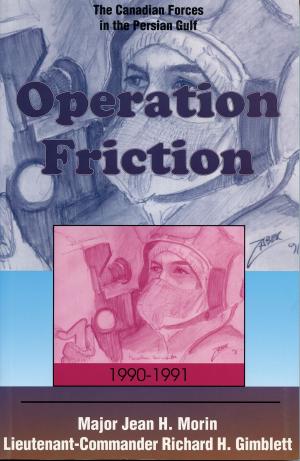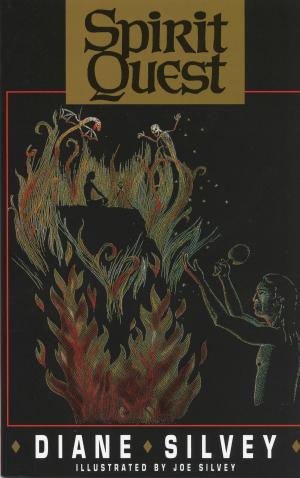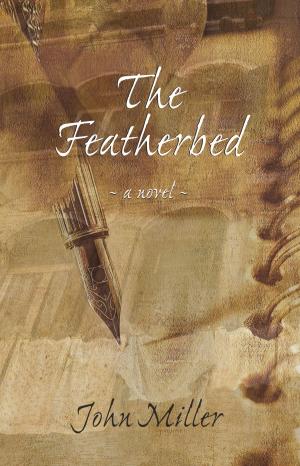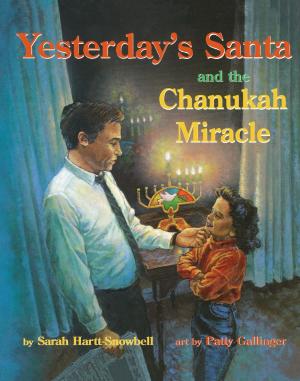| Author: | Dan Bjarnason | ISBN: | 9781459700147 |
| Publisher: | Dundurn | Publication: | March 2, 2011 |
| Imprint: | Dundurn | Language: | English |
| Author: | Dan Bjarnason |
| ISBN: | 9781459700147 |
| Publisher: | Dundurn |
| Publication: | March 2, 2011 |
| Imprint: | Dundurn |
| Language: | English |
Afghanistan is not Canada’s first war in Asia. We’ve been there before, a half century ago … in Korea. And it was a meat grinder, scarcely remembered now … a war in which on one hilltop, on one April night, freshly-minted Canadians soldiers made a desperate stand that prevented catastrophe. In all, twenty-five thousand Canadians fought in Korea. By the time the shooting stopped, more than five hundred had been killed on lonely hilltops and in desolate ravines. Five hundred … in only two years. In Canada’s war in Korea, there were no Vimy Ridges or Normandys. In Korea, Canadians were shot down in their fours and fives mostly, on patrols and in ambushes. It was largely a war at night in small groups. But not always. There were sometimes terrifying battles where outposts were swamped by Chinese human wave attacks. This is the story of one such battle … Canada’s first in Korea, in April 1951, on a barren and rocky hill near a nothing village called Kapyong on the edge of nowhere. It’s the story of 700 men, all volunteers, in the 2nd Batallion of Princess Patricia’s Canadian Light Infantry. They’d signed up specifically to fight in Korea … and now on this April night, they found themselves surrounded by thousands of Chinese soldiers sweeping around their positions. In April 1951, the Chinese launched an offensive plunging straight for the South Korean capital, Seoul. Other allied positions collapsed around the Canadians. Only the lonely Patricias blocked the road. And now it was their turn for the Chinese treatment. The Patricias had the wrong weapons and were trained in the wrong tactics for this war. Most were utter amateurs. This was a true People’s Army -- cab drivers, lumberjacks, farm boys and adventurers. They were up against a seasoned enemy, better armed and with immense battle savvy, fresh from their victories in the Chinese Civil War. And yet in a terrifying battle in the dark that had the feel of Thermopylae … with several hundred against several thousand, with hand-to-hand fighting with bayonet’s and shovels, with foxholes lost and retaken, with calling down artillery fire on their own positions, they held. The Patricia’s that night changed the course the war could have taken. Kapyong is about what did not happen. The Canadian positions did not collapse. Kapyong did not fall. Seoul was not captured. The Chinese breakthrough went nowhere. And so, the Korean War did not end abruptly in April 1951. For the Chinese, Kapyong had simply been too much. By dawn they had abandoned the field. Incredibly, the Patricia’s casualties were ten dead and 23 wounded. Chinese dead, although unknown, must have been in the many hundreds. At no point had there been talk among the Canadians of breaking out … they had simply decided to tough it out on their hilltop. The Kapyong story sparkles with qualities that Canadians believe make up their national character: sacrifice, courage, initiative, modesty and an uncomplicated rock-solid belief in themselves. It is the story of the Patricias’ cool and cranky commander, James Stone, a World War Two veteran of the Italian campaign who applied his mountain warfare savvy to the wilds of Korea. It’s the story of Ken Barwise, who single-handedly recaptured a lost machine gun from the Chinese. It’s the story of Smiley Douglas who reached for a live grenade which landed in the midst of his platoon. It exploded just as he tossed it free, blowing off his hand. It’s the story of Michael Levy, who had fought as a teenager against the Japanese in Malaya as a guerrilla. At Kapyong he was the heroic platoon commander who called in artillery on his own position. The Patricias survived because they believed they were the best soldiers on the hill that night. They bet their lives on it. They won the bet.
Afghanistan is not Canada’s first war in Asia. We’ve been there before, a half century ago … in Korea. And it was a meat grinder, scarcely remembered now … a war in which on one hilltop, on one April night, freshly-minted Canadians soldiers made a desperate stand that prevented catastrophe. In all, twenty-five thousand Canadians fought in Korea. By the time the shooting stopped, more than five hundred had been killed on lonely hilltops and in desolate ravines. Five hundred … in only two years. In Canada’s war in Korea, there were no Vimy Ridges or Normandys. In Korea, Canadians were shot down in their fours and fives mostly, on patrols and in ambushes. It was largely a war at night in small groups. But not always. There were sometimes terrifying battles where outposts were swamped by Chinese human wave attacks. This is the story of one such battle … Canada’s first in Korea, in April 1951, on a barren and rocky hill near a nothing village called Kapyong on the edge of nowhere. It’s the story of 700 men, all volunteers, in the 2nd Batallion of Princess Patricia’s Canadian Light Infantry. They’d signed up specifically to fight in Korea … and now on this April night, they found themselves surrounded by thousands of Chinese soldiers sweeping around their positions. In April 1951, the Chinese launched an offensive plunging straight for the South Korean capital, Seoul. Other allied positions collapsed around the Canadians. Only the lonely Patricias blocked the road. And now it was their turn for the Chinese treatment. The Patricias had the wrong weapons and were trained in the wrong tactics for this war. Most were utter amateurs. This was a true People’s Army -- cab drivers, lumberjacks, farm boys and adventurers. They were up against a seasoned enemy, better armed and with immense battle savvy, fresh from their victories in the Chinese Civil War. And yet in a terrifying battle in the dark that had the feel of Thermopylae … with several hundred against several thousand, with hand-to-hand fighting with bayonet’s and shovels, with foxholes lost and retaken, with calling down artillery fire on their own positions, they held. The Patricia’s that night changed the course the war could have taken. Kapyong is about what did not happen. The Canadian positions did not collapse. Kapyong did not fall. Seoul was not captured. The Chinese breakthrough went nowhere. And so, the Korean War did not end abruptly in April 1951. For the Chinese, Kapyong had simply been too much. By dawn they had abandoned the field. Incredibly, the Patricia’s casualties were ten dead and 23 wounded. Chinese dead, although unknown, must have been in the many hundreds. At no point had there been talk among the Canadians of breaking out … they had simply decided to tough it out on their hilltop. The Kapyong story sparkles with qualities that Canadians believe make up their national character: sacrifice, courage, initiative, modesty and an uncomplicated rock-solid belief in themselves. It is the story of the Patricias’ cool and cranky commander, James Stone, a World War Two veteran of the Italian campaign who applied his mountain warfare savvy to the wilds of Korea. It’s the story of Ken Barwise, who single-handedly recaptured a lost machine gun from the Chinese. It’s the story of Smiley Douglas who reached for a live grenade which landed in the midst of his platoon. It exploded just as he tossed it free, blowing off his hand. It’s the story of Michael Levy, who had fought as a teenager against the Japanese in Malaya as a guerrilla. At Kapyong he was the heroic platoon commander who called in artillery on his own position. The Patricias survived because they believed they were the best soldiers on the hill that night. They bet their lives on it. They won the bet.















